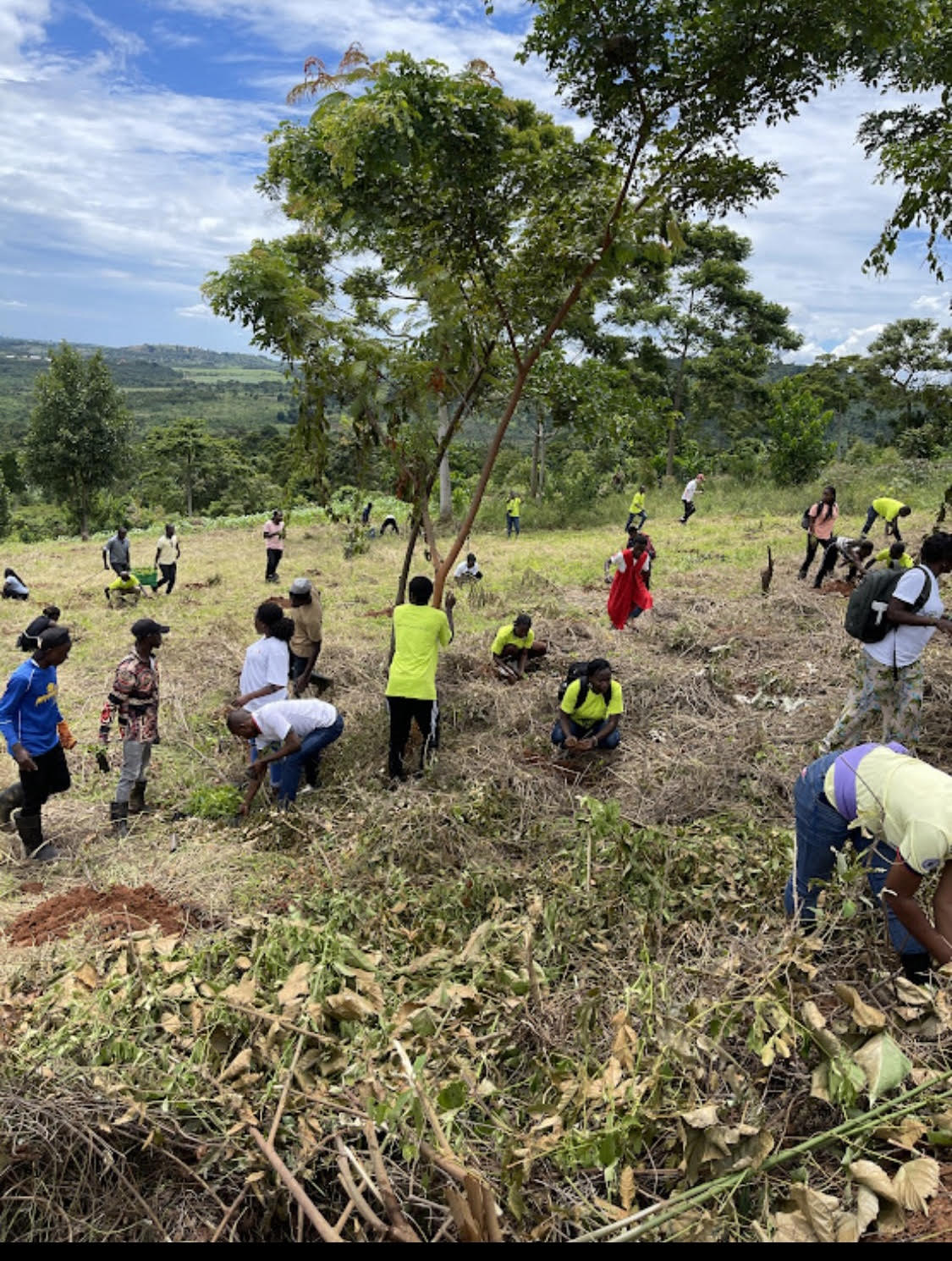Assessing the efficacy of REDD+ measures is critical to ensuring REDD+ efforts lead to the maximum positive climate impact while also enabling improvements. However, establishing links between policy or technical measures and impacts on deforestation has proven difficult, and as a result, is often neglected or reduced to estimations of the assumed impact in terms of carbon emissions reductions only. Methodologies for the rigorous assessment of overall effectiveness have lagged behind, especially when compared with those developed for monitoring and reporting on carbon emissions reductions.
Motivated by the positive incentives created by the REDD+ framework, many developing countries drafted national strategies and action plans to halt and reverse forest loss and to protect forests, improve livelihoods and increase food security. To access financial compensation for verified climate results, countries must also implement key aspects of the REDD+ framework, such as systems for monitoring, procedures for measuring, reporting and verification (MRV), safeguards, and rules of benefit sharing. The creation of financial value for the carbon stored in forests is a core element of this policy approach, aiming to incentivize developing countries to reduce emissions from forested lands and invest in low-carbon paths to sustainable development.
To access Result-based Payments and maintain the environmental and social benefits of standing forests, countries must not only identify but also counter the dynamics driving deforestation and forest degradation in a national context. The policies and actions defined and included in a national strategy can be called REDD+ measures. Assessing the effectiveness of those measures is recognized as sound management decision-making. However, systematic evaluation is not common practice. Notably, very few assessment systems are defined from the outset of REDD+ strategies and projects, integrating a clear methodology and plan for data collection.
The funding for developing countries to reduce deforestation is often linked to Result-based Payments. However, countries need a wide variety of sources to achieve the land use and forestry sector goals of climate strategies, including Nationally Determined Contributions. Providing clear financial information on estimated costs and effectiveness of REDD+ measures would allow countries to optimize the strategic use of domestic financing and incentives, as well as to serve as an indication of the international finance support required, including Result-based Payments.
During 2022, joint resources from the UN-REDD Programme and the FAO regular programme allowed for the development of two studies on the challenges around systematizing the assessment of REDD+ effectiveness.
At the national level, through the UN-REDD Programme, FAO worked with Colombia’s Ministry of Environment and Sustainable Development to develop a methodology for evaluating two key measures of the national strategy against deforestation: conservation agreements and community forestry. The methodology was implemented, and while not comprehensive, the resulting study found 46 active conservation agreements involving 43,788 participants covering 573,619 hectares, as well as 18 community forest projects with 1,639 active participants covering 10,302 hectares. Conservation agreements have been included as a pre-requisite in several public programmes linked to the implementation of the Peace Agreement and the national strategy against deforestation. Despite this, there is no systematic framework to monitor the impacts or effects of these measures. By defining such a framework, the study could identify key recommendations, not only for adequate monitoring and evaluation, but also for a more accurate design for conservation agreements and community forest projects.
At the global level, FAO collaborated with the Centre for International Forestry Research (CIFOR) to identify methodological approaches to assess emerging evidence and data from REDD+ implementation. The study focused on cost-effectiveness and found that terms and scope of costing methodologies used in the REDD+ context are not harmonized, making the comparison and interpretation of results difficult. Moreover, studies rarely cover all categories of costs. This study concluded that setting the assessment framework ex-ante is a key enabling factor for future evaluations.
In conclusion, evaluation is both needed and feasible, and governments and their operators can create the conditions for assessing the REDD+ measures they implement. Integrating the evaluation perspective from the REDD+ strategy or project design phase is a key factor for feasibility, including adaptation to available resources. Clarity in terminology, assumptions and methods are critical points to consider. Evaluation frameworks should remain in place until impacts, only visible in the long term, can be detected.
Authors
José Carlos Fernandez, Caroline Merle, Lucio Santos

